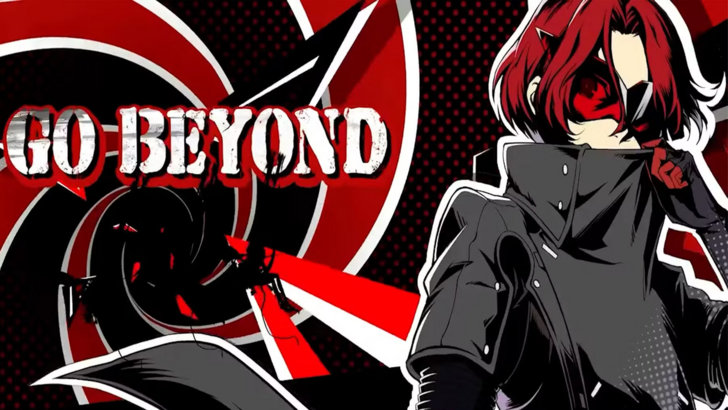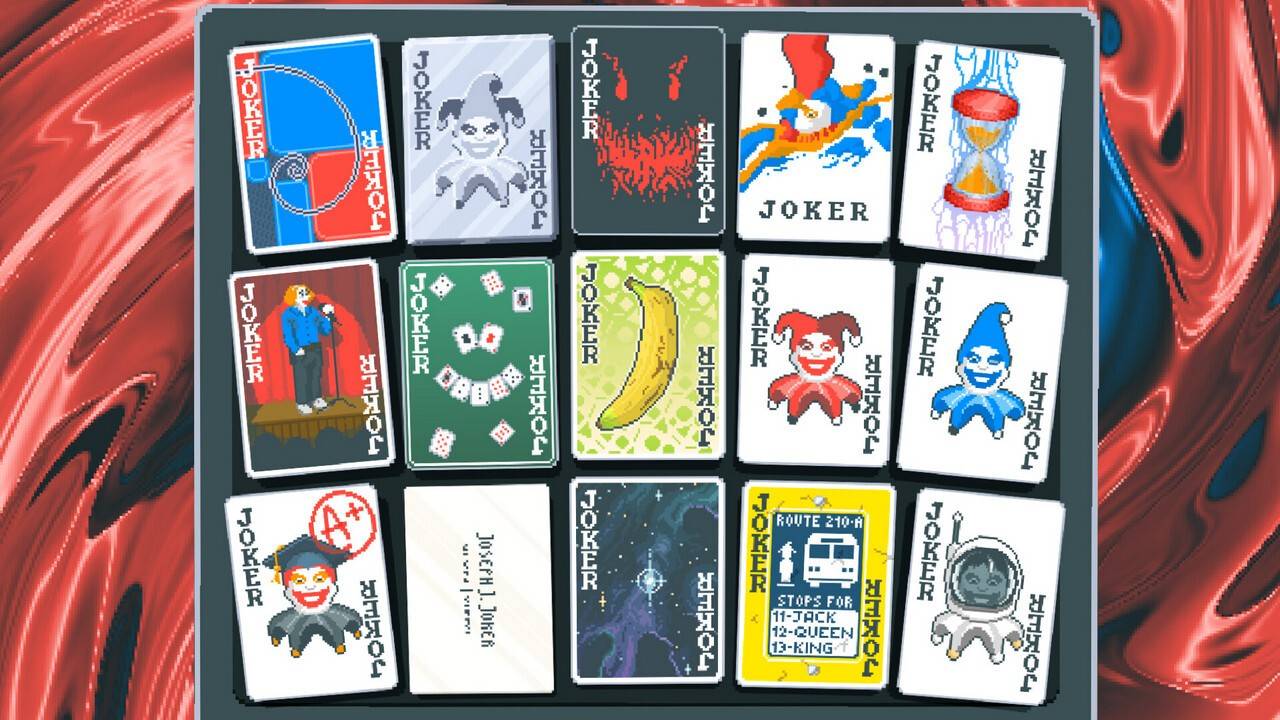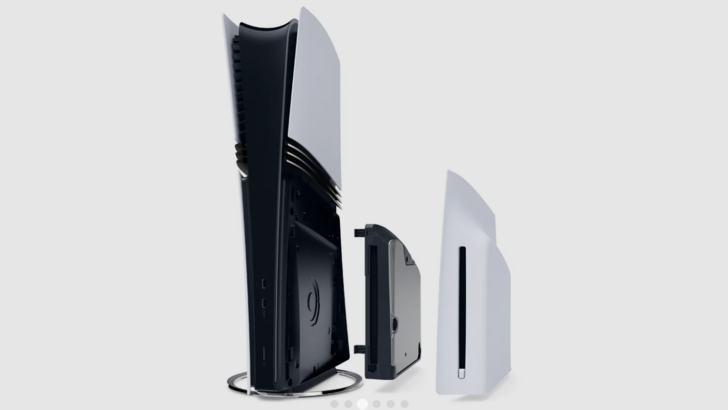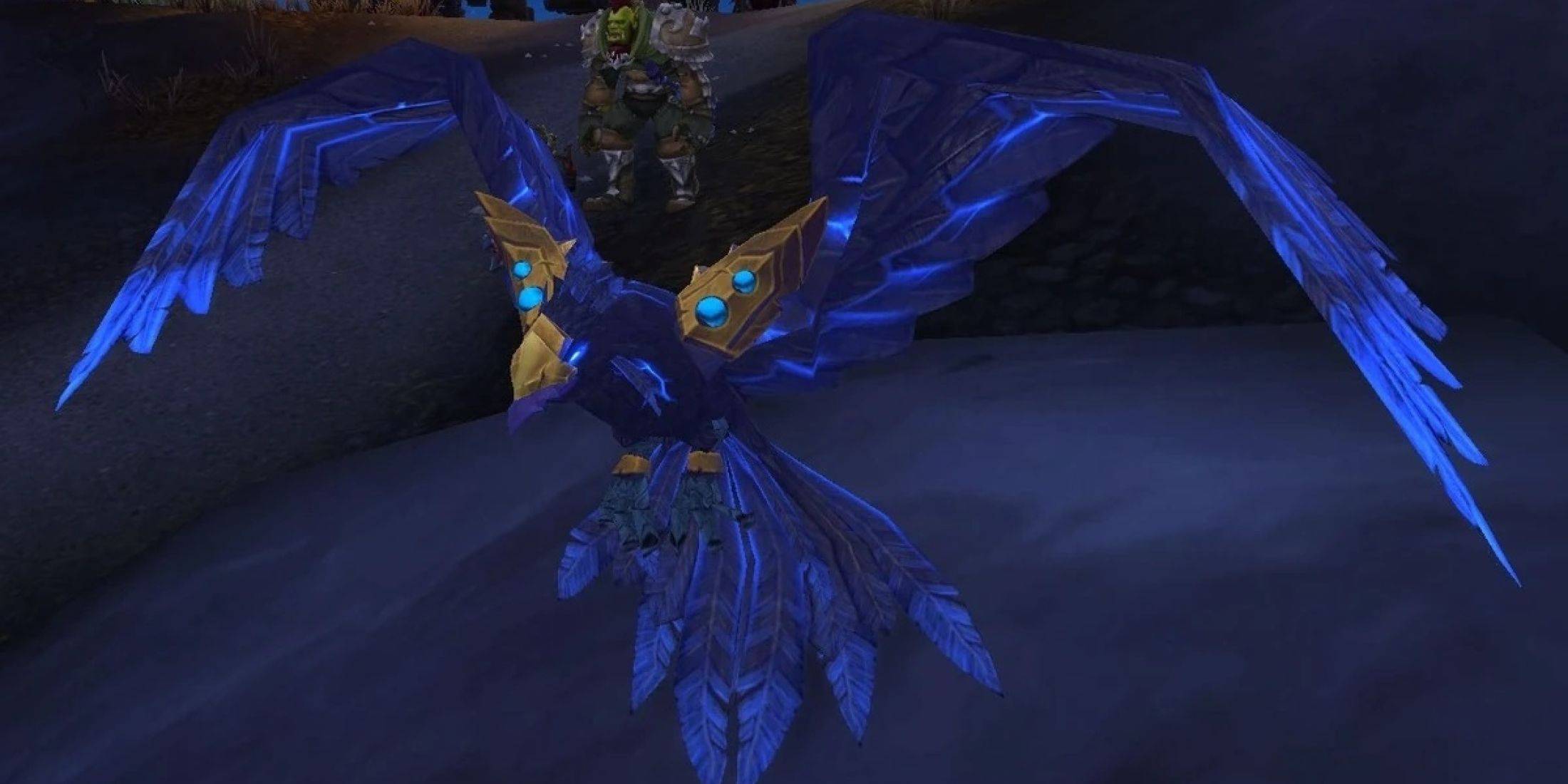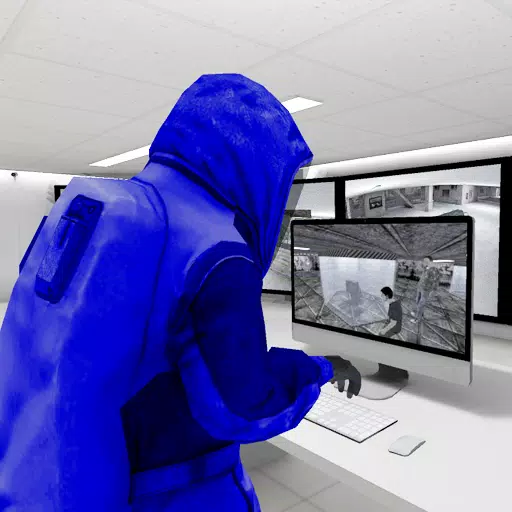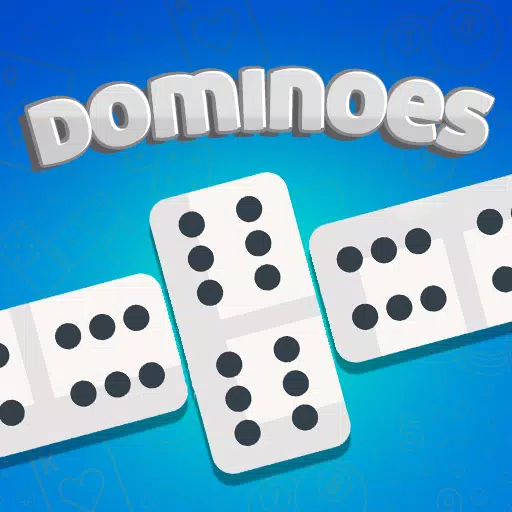The evolution of horror games has led to innovative ways of creating tension and fear. Familiar mechanics often become predictable, making the game's design, narrative, and storyline crucial for impact. While truly groundbreaking horror games are rare, a fascinating subgenre, which we'll call "meta-horror," stands out.
Meta-horror's defining characteristic is its breaking of the fourth wall—directly interacting with the player, not just the game's world and characters. This technique elevates the gaming experience. If you've played (or watched playthroughs of) the games discussed below, you'll likely understand the intrigue and astonishment they evoke.
Early examples, like Psycho Mantis in Metal Gear Solid (1998), were revolutionary. The boss's ability to interact with the player's controller, revealing their saved games, was groundbreaking. While this technique has been replicated in games like Deadpool, Detroit: Become Human, and Nier: Automata, it often lacks the depth and impact of true meta-horror.
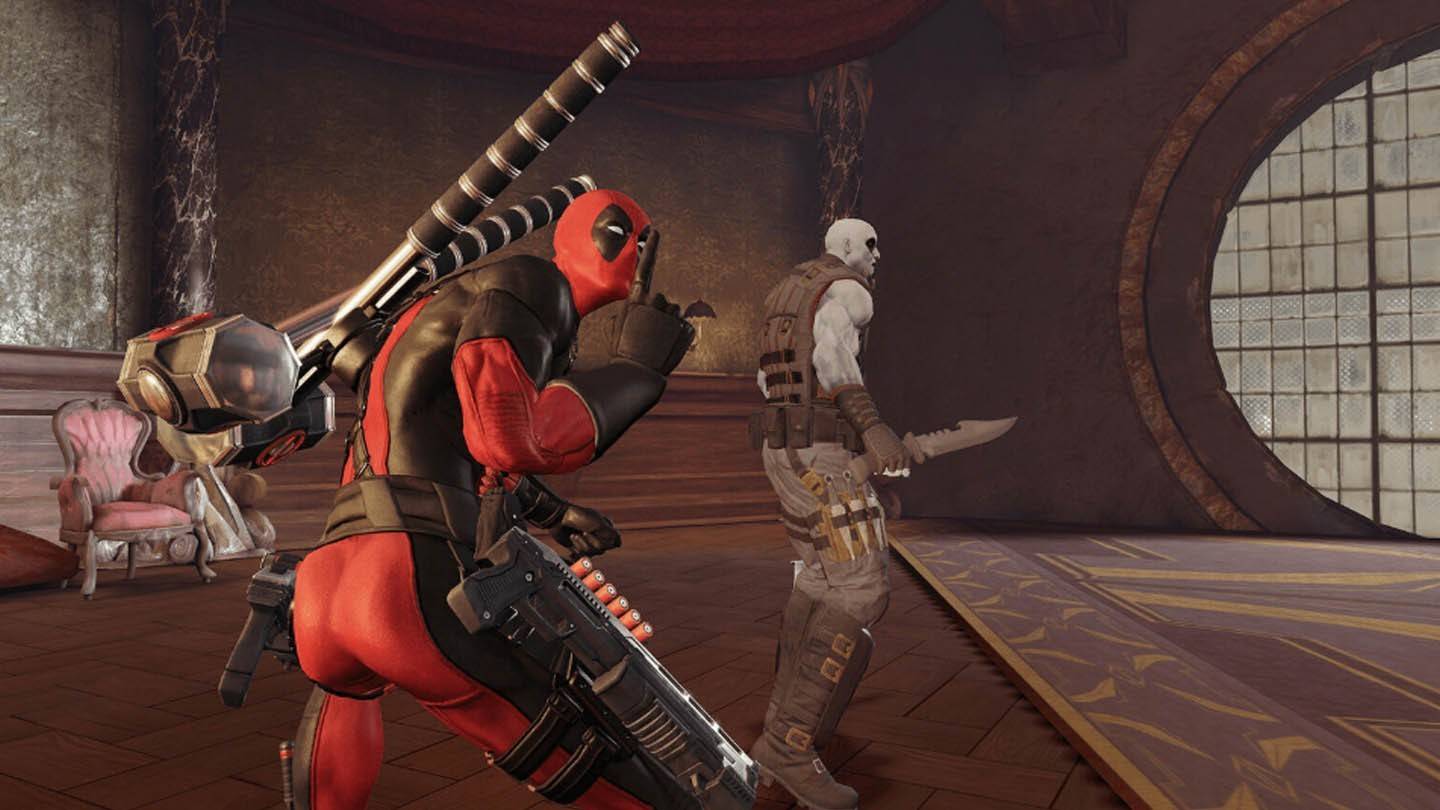
More recent titles, such as Miside, while incorporating elements of meta-horror, often limit the interaction to simple player engagement. Its "game within a game" structure warrants further discussion in a future analysis.
Let's delve into some notable meta-horror examples:
Doki Doki Literature Club!

This 2017 visual novel initially presents as a charming romantic comedy, but it takes a dark and unsettling turn. Its meta-horror elements go beyond simple address; it accesses your operating system username and creates files, blurring the lines between narrative and gameplay. While not the originator of this style, DDLC popularized it, leaving fans eagerly awaiting future projects.
OneShot

This RPG Maker adventure pushes the boundaries even further. Though not explicitly marketed as horror, it contains unsettling moments. The game directly interacts with the player through system windows, creates files, and alters its own title, all integral to the gameplay. Unlike DDLC, OneShot fully utilizes these interactive capabilities. For many, including myself, it was a first introduction to the genre, leaving a lasting impression. Experiencing it firsthand is highly recommended.
IMSCARED

IMSCARED is arguably the pinnacle of meta-horror. Its impact is so significant that the other games discussed serve as a prelude.
Some might consider these games "viruses," a notion not entirely unfounded, as they access and manipulate system files. However, reputable meta-horror games are not malicious. Always exercise caution with unknown programs.
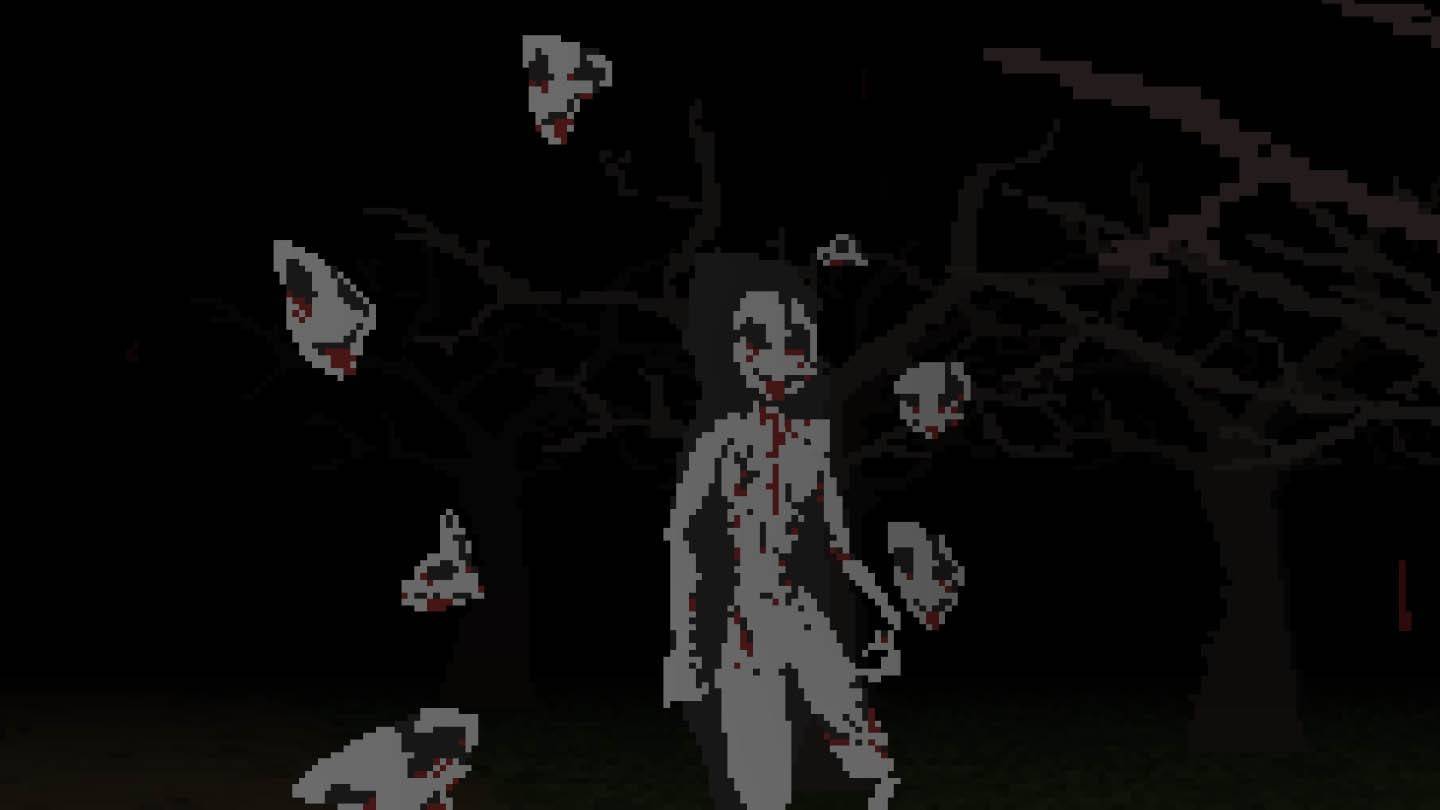
IMSCARED, upon launch, assures the player it's harmless, explaining potential antivirus flags. However, the experience is extraordinary. The game presents itself not as a game but as a self-aware entity, a virus interacting with the player. It manipulates the system, crashing, minimizing windows, controlling the cursor, and creating files, all part of the gameplay. Released in 2012, it remains impactful even today. Be prepared for frustration from crashes and interruptions—but the experience is unforgettable. For me, IMSCARED perfectly encapsulates meta-horror, terrifying through both visuals and system manipulation.
Conclusion
While many games utilize similar techniques, few master them as effectively as those mentioned. Meta-horror provides a unique gaming experience. I strongly recommend trying at least one. If visual novels aren't your preference, OneShot or IMSCARED are excellent alternatives. For those who enjoy randomness and survival elements, Voices of the Void offers another compelling option.


